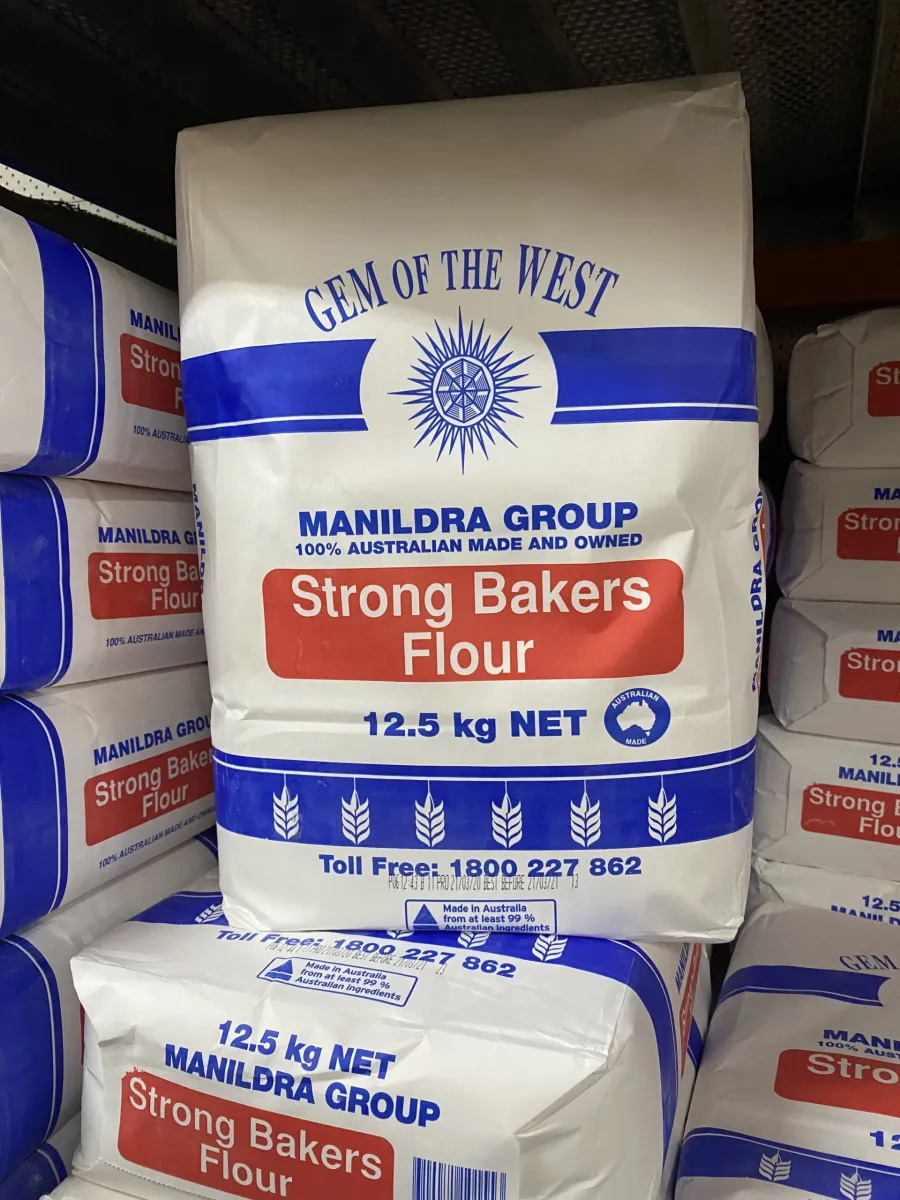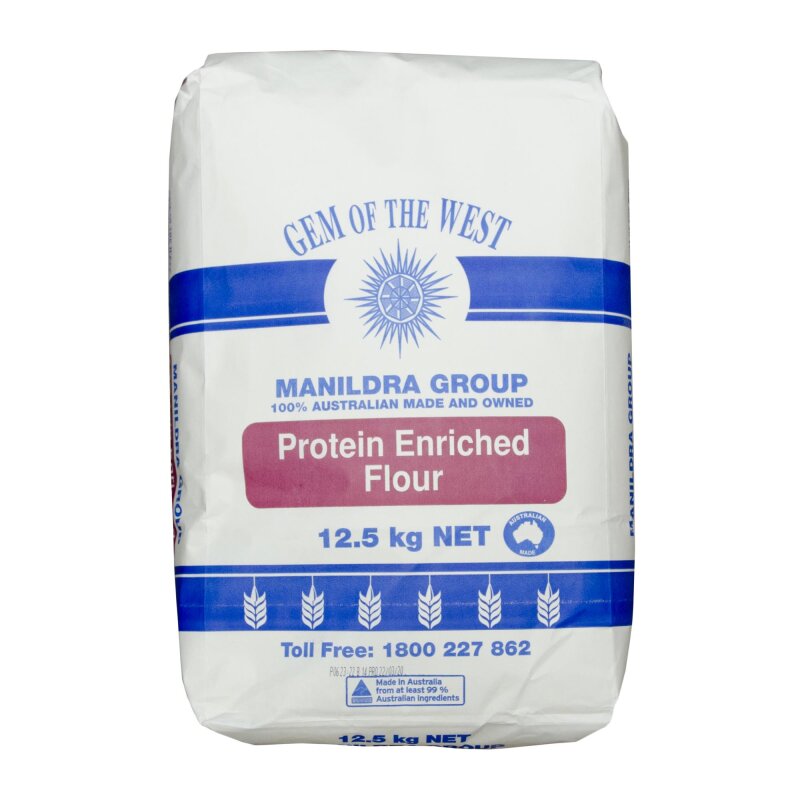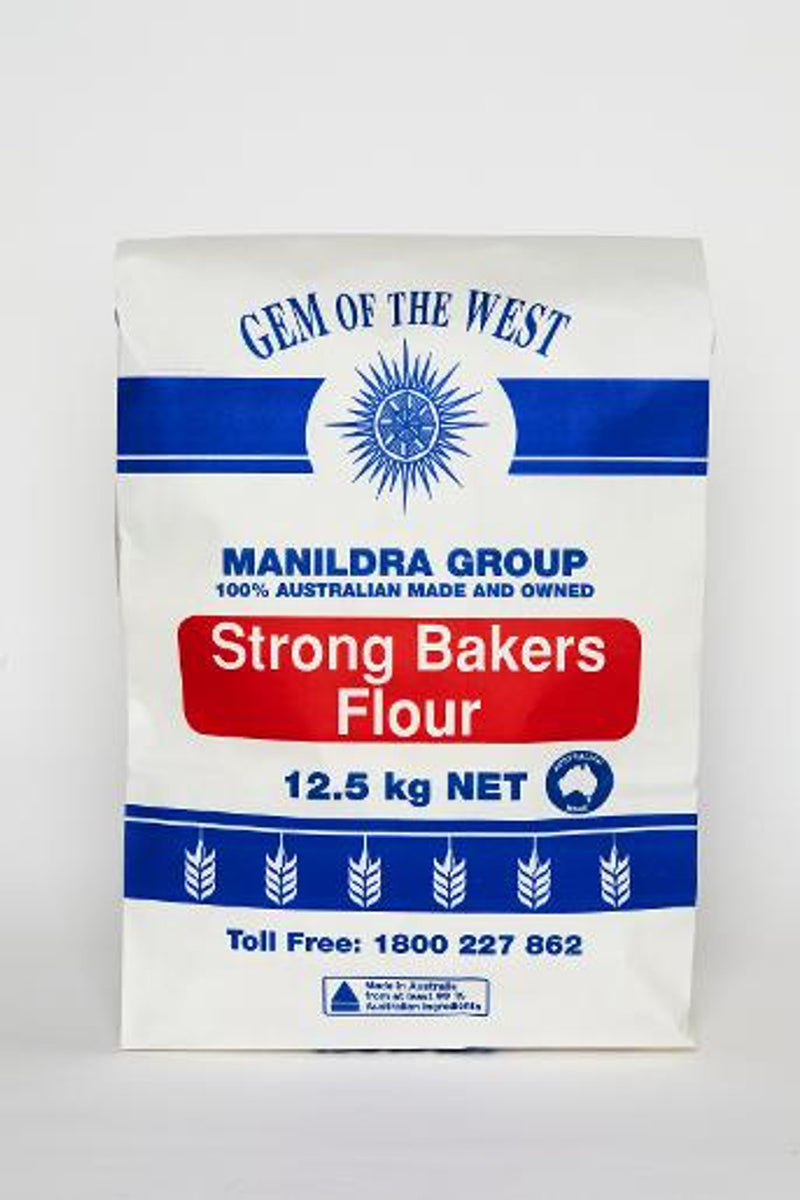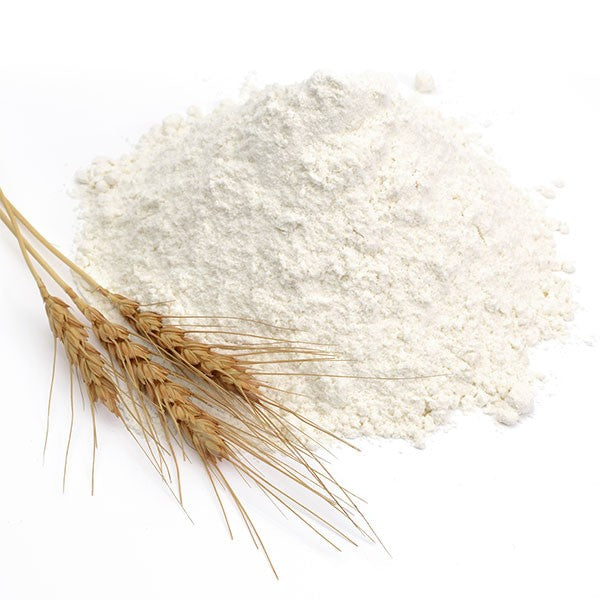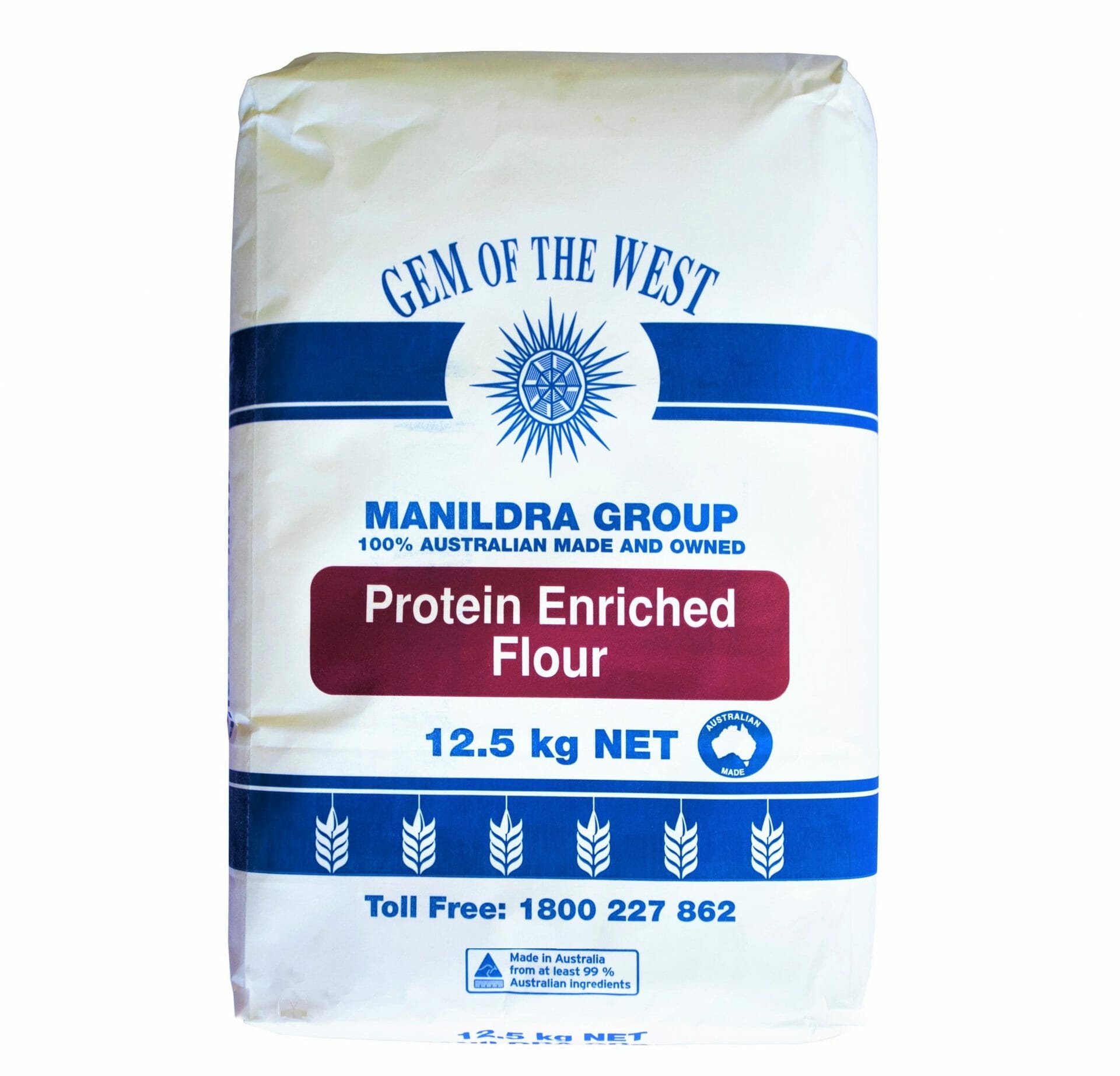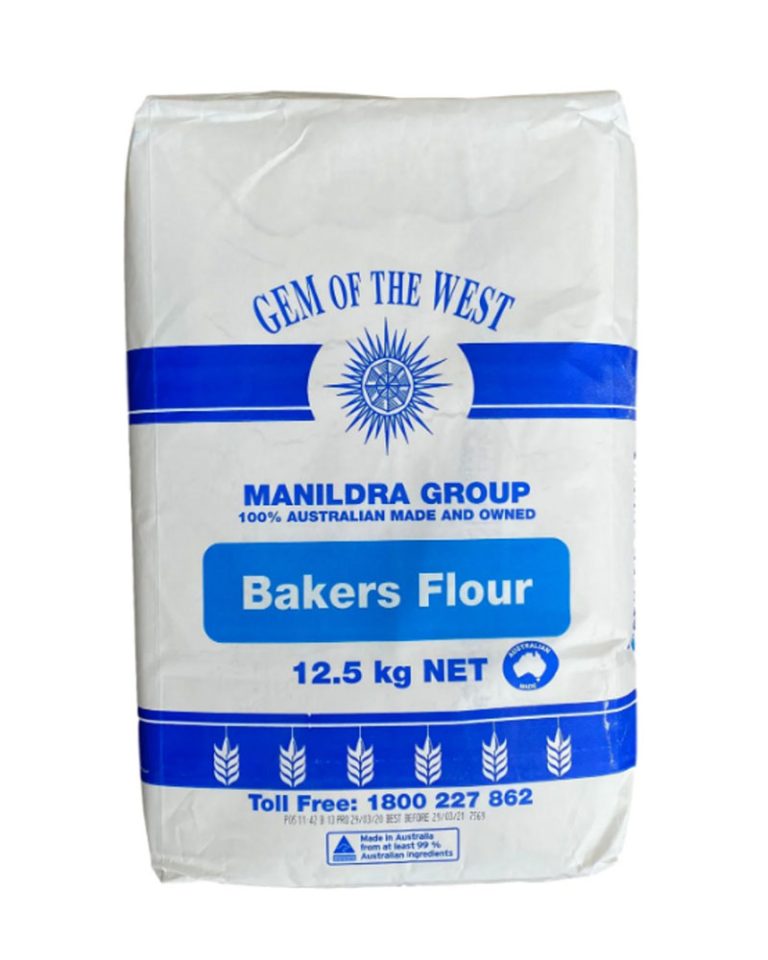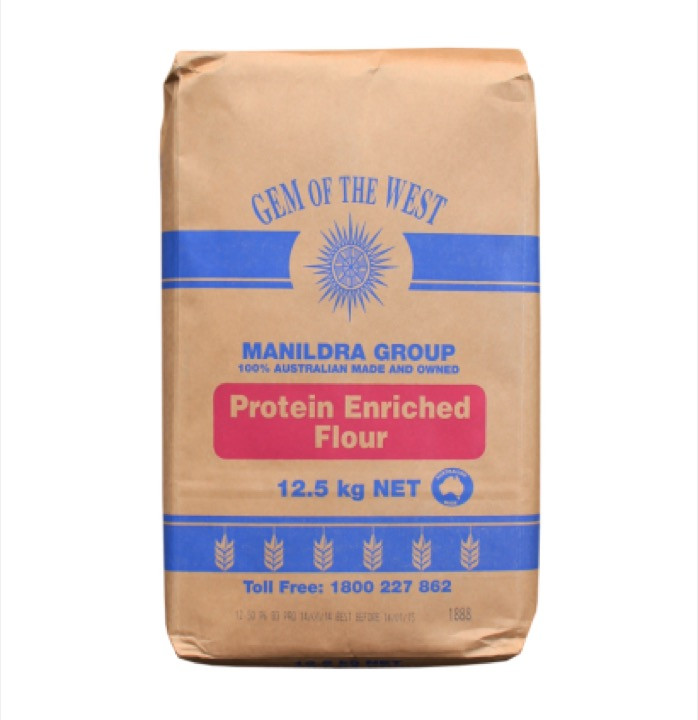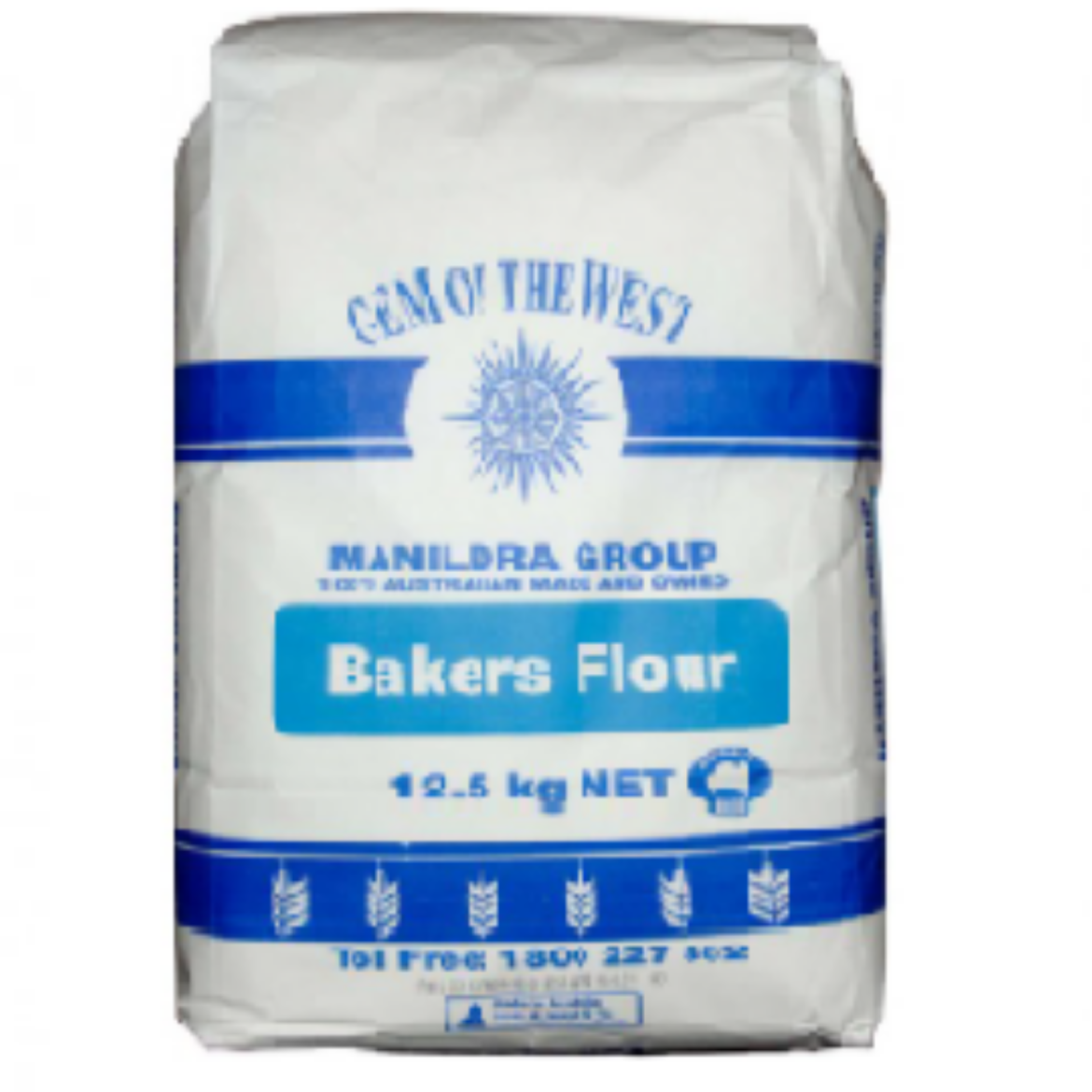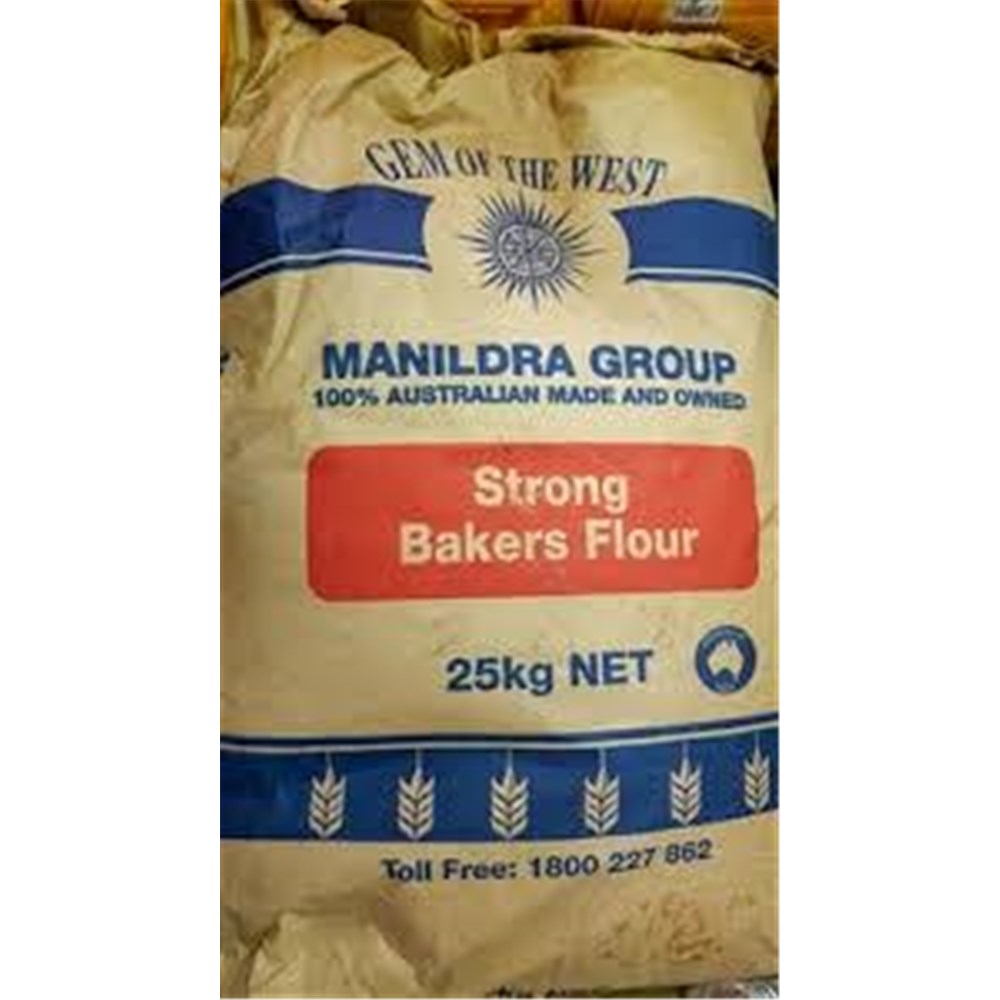Manildra Strong Bakers Flour Protein

Concerns have been raised regarding the protein content of Manildra Strong Bakers Flour, a staple ingredient for many commercial bakeries and home baking enthusiasts across Australia. Recent reports and customer feedback indicate potential inconsistencies in the protein levels, leading to unpredictable results in bread making and other baked goods. This has sparked discussions within the industry and prompted closer scrutiny of the product's specifications.
The discrepancies, while not definitively confirmed by Manildra Group, the flour's manufacturer, have significant implications for businesses and individuals reliant on the consistent performance of high-protein flour. Baking quality is very sensitive to the protein level, where higher-protein flours typically yield stronger gluten development, crucial for achieving desired bread structure and rise.
What's Happening?
Reports suggest that batches of Manildra Strong Bakers Flour have exhibited variable protein content, deviating from the expected high-protein range advertised by the company. This variability affects the dough's strength, elasticity, and overall performance during baking.
Affected bakers have reported issues such as flat loaves, poor crumb structure, and an overall decline in the quality of their finished products. For commercial bakeries, these inconsistencies translate to potential waste, increased costs, and damage to their brand reputation.
Industry Reactions
The Australian Baking Industry Association (ABIA) has acknowledged the concerns raised by its members. They are reportedly in communication with Manildra Group to seek clarification and ensure product consistency.
"We are aware of the issues raised by some of our members and are working to understand the situation fully,"stated a spokesperson for the ABIA. The association emphasized the importance of reliable ingredients for the baking industry's stability and quality.
Manildra Group's Response
To date, Manildra Group has not released an official statement directly addressing the widespread concerns about protein content variability. However, some customers have reported receiving individual responses from the company after lodging complaints.
These responses often suggest that variations can occur due to natural factors like wheat harvest conditions and milling processes. They typically advise customers to adjust their recipes and baking techniques to compensate for potential fluctuations.
The Science Behind Flour Protein
The protein content in flour is a key indicator of its baking strength. Gluten, formed when wheat flour is mixed with water, is responsible for the dough's elasticity and its ability to trap gases produced during fermentation.
Higher protein levels generally equate to stronger gluten development, which is essential for producing bread with good volume, texture, and chewiness. Fluctuations in protein content can therefore significantly impact the final product's characteristics.
Impact on Bakers and Consumers
For small-scale bakeries and home bakers, the inconsistent performance of Manildra Strong Bakers Flour presents a significant challenge. They may lack the resources and expertise to consistently adjust their recipes to accommodate the fluctuating protein levels.
This can lead to frustration, wasted ingredients, and a decline in baking confidence. Ultimately, consumers may experience a decrease in the quality and consistency of baked goods purchased from bakeries using the affected flour.
Looking Ahead
The baking community is eagerly awaiting a comprehensive response from Manildra Group, clarifying the factors contributing to the alleged protein content variations. Enhanced quality control measures and greater transparency regarding product specifications are anticipated to address the concerns effectively.
Until a resolution is reached, bakers may consider exploring alternative high-protein flour brands or implementing more rigorous testing procedures to ensure the quality and consistency of their ingredients.
